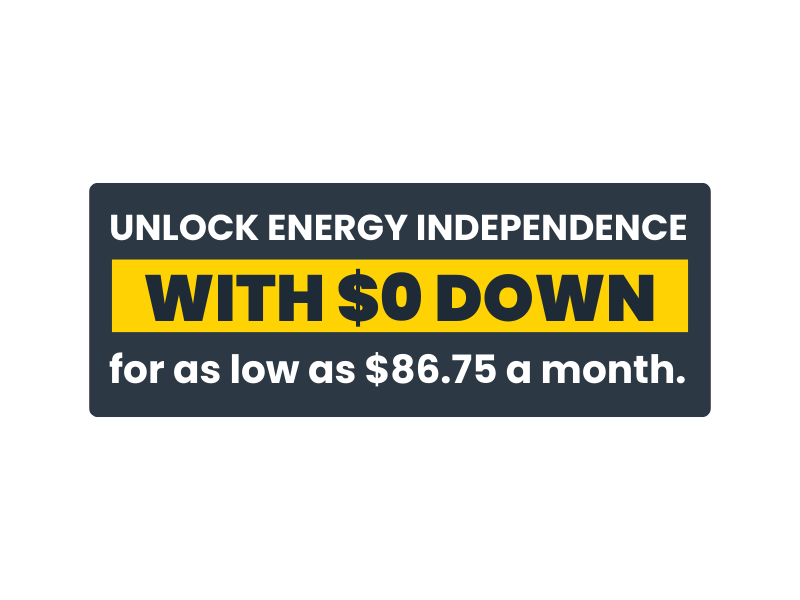Solar panels in space… Have you ever wondered if your neighbor has the technology that is used in space? Well, technically yes, they do. To clear things up, yes solar panels are used in space and are a tried and tested source of energy.
So how do you provide electricity to the astronauts who are 220 miles above Earth? You cannot run a wire from your utility company up into space, nor any battery capable of providing months of single charge backup.
The best and ample source of energy for a spacecraft is sunlight. To tap into this infinite energy source, NASA engineers developed technologies that can convert sunlight into electrical power. Thus the solar panels that you see everywhere on Earth were developed. Solar panels collect raw solar energy from the light of the sun and produce an electric current from it.
Want To Know More About Solar Panels?
NASA and its partners then developed a method to mount all these solar panels on a space station. The idea was to create a blanket that can be folded or spread on demand. The solar blanket can be folded like an accordion and then spread to full size once in orbit. The solar array blanket is controlled by the ground command center. Through the use of gimbals, solar panels can be rotated individually to face the sun to provide maximum energy exposure. Each of the eight solar arrays is 112 feet long and 39 feet wide in size.
Space Solar Panel Facts:
- Together the panels contain a total of 262,400 solar cells and cover an area of about 27,000 square feet (2,500 square meters) -- more than half the area of a football field.
- A solar array's wingspan of 240 feet (73 meters) is longer than a Boeing 777's wingspan, which is 212 feet (65 meters).
- The space station's electrical power system is connected by eight miles (12.9 kilometers) of wire.
Altogether the four sets of arrays can generate 84 to 120 kW of electricity; that is equivalent to providing power to more than 40 households. Solar panels on the space station produce more power than the station needs. During sunlight, about 60% of electricity is used to charge up the batteries. When the space station is in the shadow of the Earth and panels are not generating electricity, the batteries are then used to power the station.
There is only one slight difference between solar panels on the space stations and the solar energy system on Earth, and that is the solar inverter. On Earth, we use Alternating Current (AC) in all of our appliances. The alternating current is the best way for electricity to travel long distances. However, solar panels produce electricity in Direct Current (DC), Thus an inverter is required to convert electricity from DC into AC. On the space station, there is no need to travel electricity long-distance, so all the electronics and appliances in the space station run on DC. This removes the need for an inverter in space.
Do you still doubt the authenticity and durability of solar panels, after realizing even NASA trusts Solar panels? Contact YellowLite’s energy consultants to learn more about solar panels and how they can help you save money.



